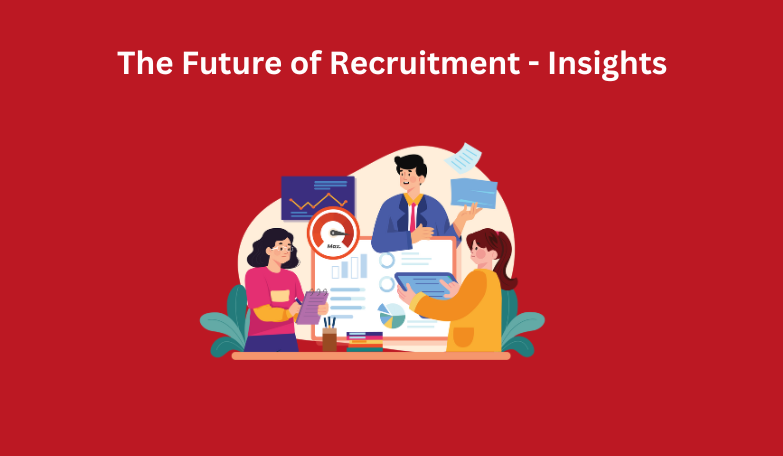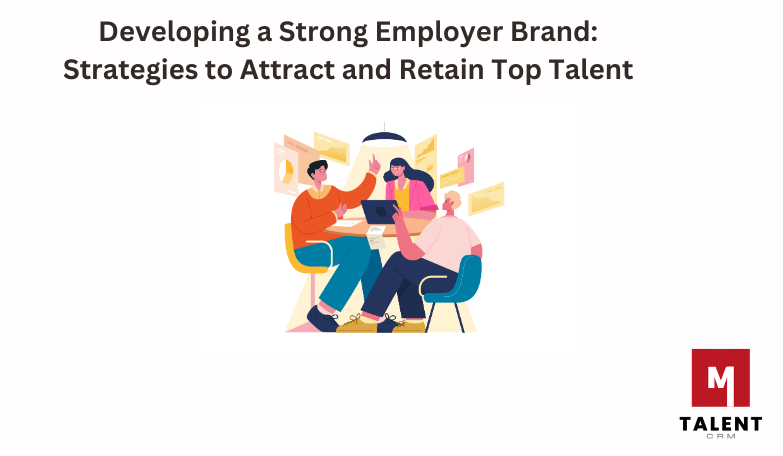Creating a Supportive Work Environment: HR’s Role

Employee well-being is a vital aspect of creating a supportive work environment. HR professionals have a key role to play in promoting and enhancing the health and happiness of their staff, especially in times of uncertainty and change. In this article, we will explore some of the latest statistics on employee well-being in the UK, and how HR can use them to design effective interventions and strategies.
According to the CIPD’s Health and Wellbeing at Work survey, in partnership with Simplyhealth, 76% of employees experienced moderate to high levels of stress in 2022, an increase of 13% from the previous year. Moreover, 60% of employees reported feeling anxious and 56% experienced symptoms of depression. These figures highlight the impact of the COVID-19 pandemic on people’s mental health, as well as the ongoing challenges of balancing work and personal life.
Stress, anxiety, and depression can have serious consequences for both individuals and organisations, affecting productivity, performance, engagement and retention. Therefore, it is essential that HR provides adequate support and resources for employees to cope with these issues, such as counselling, coaching, flexible working, mindfulness training and peer support networks. HR should also foster a culture of openness and compassion, where employees feel comfortable to talk about their mental health without fear of stigma or discrimination.
Another area of employee well-being that HR should pay attention to is musculoskeletal health. According to Champion Health’s Employee Wellbeing Statistics report, 42% of employees experienced musculoskeletal pain in 2022, mainly affecting their back, neck, and shoulders. This can be attributed to poor posture, lack of physical activity, ergonomic issues, and prolonged sitting. Musculoskeletal pain can impair mobility, function, and quality of life, as well as increase absenteeism and presenteeism.
HR can help employees prevent and manage musculoskeletal pain by providing ergonomic assessments, equipment, and advice, encouraging regular breaks and movement, offering exercise classes or subsidies, and facilitating access to physiotherapy or other treatments. HR should also educate employees on the benefits of physical activity for their overall health and well-being and create opportunities for them to be more active at work or outside work.
Financial health is another dimension of employee well-being that HR should not overlook. According to the CIPD’s survey, 26% of employees said that money worries had affected their ability to do their job in 2022. Financial stress can cause anxiety, depression, insomnia, low self-esteem, and poor concentration. It can also affect relationships, health behaviours and lifestyle choices.
HR can support employees’ financial well-being by offering fair pay and benefits, providing financial education and guidance, facilitating access to debt advice or counselling services, and promoting a culture of financial inclusion and awareness. HR should also recognise the diversity of employees’ financial needs and circumstances, and tailor their interventions accordingly.
Employee well-being is not a one-off initiative or a tick-box exercise. It is a continuous process that requires commitment, collaboration and communication from HR and all levels of management. By using data-driven insights and evidence-based practices, HR can create a supportive work environment that enhances employee well-being and organizational performance.



